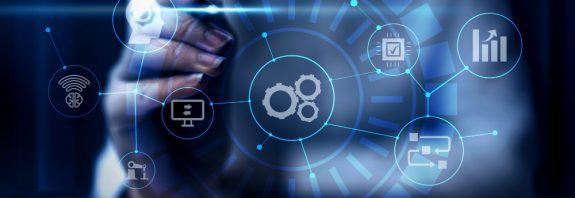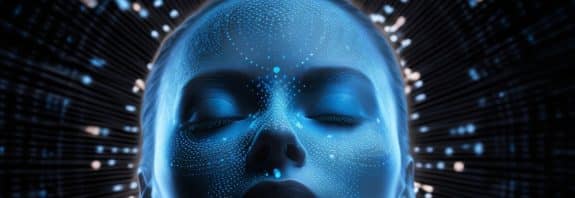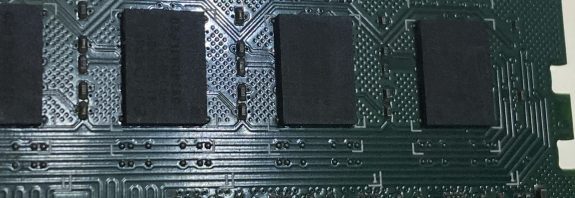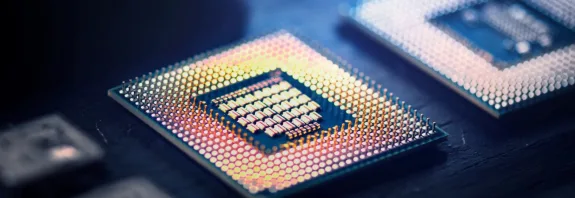Generation of computers

Generation of computers: History and evolution of technologies
The generation of computers – over the past few decades, information technologies have gone from large, heavy machines to powerful, miniature devices that fit in your pocket. This path of development is reflected in the concept, which indicates specific periods of technological achievements and changes in the characteristics of computers. Let’s delve into this history and evolution of technology.
The first generation (1940-1956): Valoviya and pipe collectors
The first generation of computers, covering the period from about 1940 to 1956, is known for its large size and complexity of use. Computers of this generation used vacuum tubes and toggle switches for data processing. Examples of such computers are ENIAC (Electronic Numerical Integrator and Computer) and UNIVAC I (Universal Automatic Computer).
The second generation (1956-1963): Transistors and magnetic cores
The second generation, from about 1956 to 1963, was marked by the use of transistors instead of vacuum tubes. This made it possible to reduce the size of computers and increase their efficiency. Also at this time, computers with magnetic cores for data storage appeared. Examples of the second generation are the IBM 700/7000 series and the UNIVAC 1107.
The third generation (1964-1971): Integrated circuits
The third generation of computers, which lasted from 1964 to 1971, is characterized by the use of integrated circuits that combined several transistors on one chip. This contributed to a further reduction in the size of computers and an increase in their productivity. Examples of the third generation are the IBM System/360 and the DEC PDP-8.
The fourth generation (1971-1980): Microprocessors
The fourth generation of computers, covering the period from 1971 to 1980, is characterized by the invention of the microprocessor. This invention made it possible to create computers with significantly reduced sizes and increased performance. During this period, the first personal computers such as the Altair 8800 and the IBM 5100 were created.
The fifth generation (1980 our time): Microprocessors and personal computers
The fifth generation of computers began in the early 1980s and continues to this day. This period is marked by the spread of personal computers, which became more accessible to the public. New operating systems, open Internet and a large amount of software appeared. Technological progress has provided us with powerful computers in our pockets – smartphones, which are constantly improving and expanding their capabilities.
Although the development of computers can be divided into several generations and clearly defined periods. Technological progress continues relentlessly. We can expect even greater changes and innovations in the future that will change the way we use computers even more. Perhaps in the future there will be another generation of superfast quantum computers. Or maybe even living biocomputers that will use some biotechnologies.









